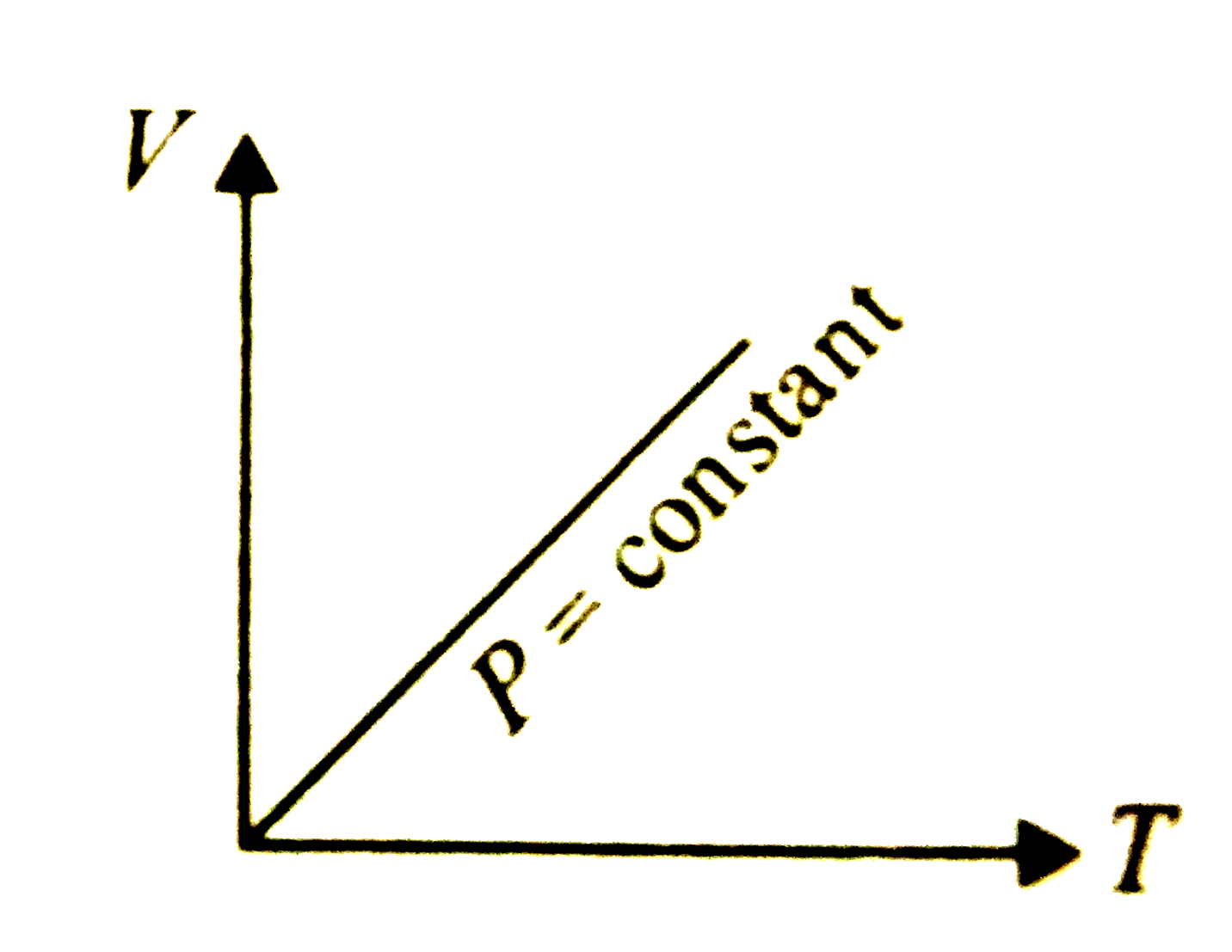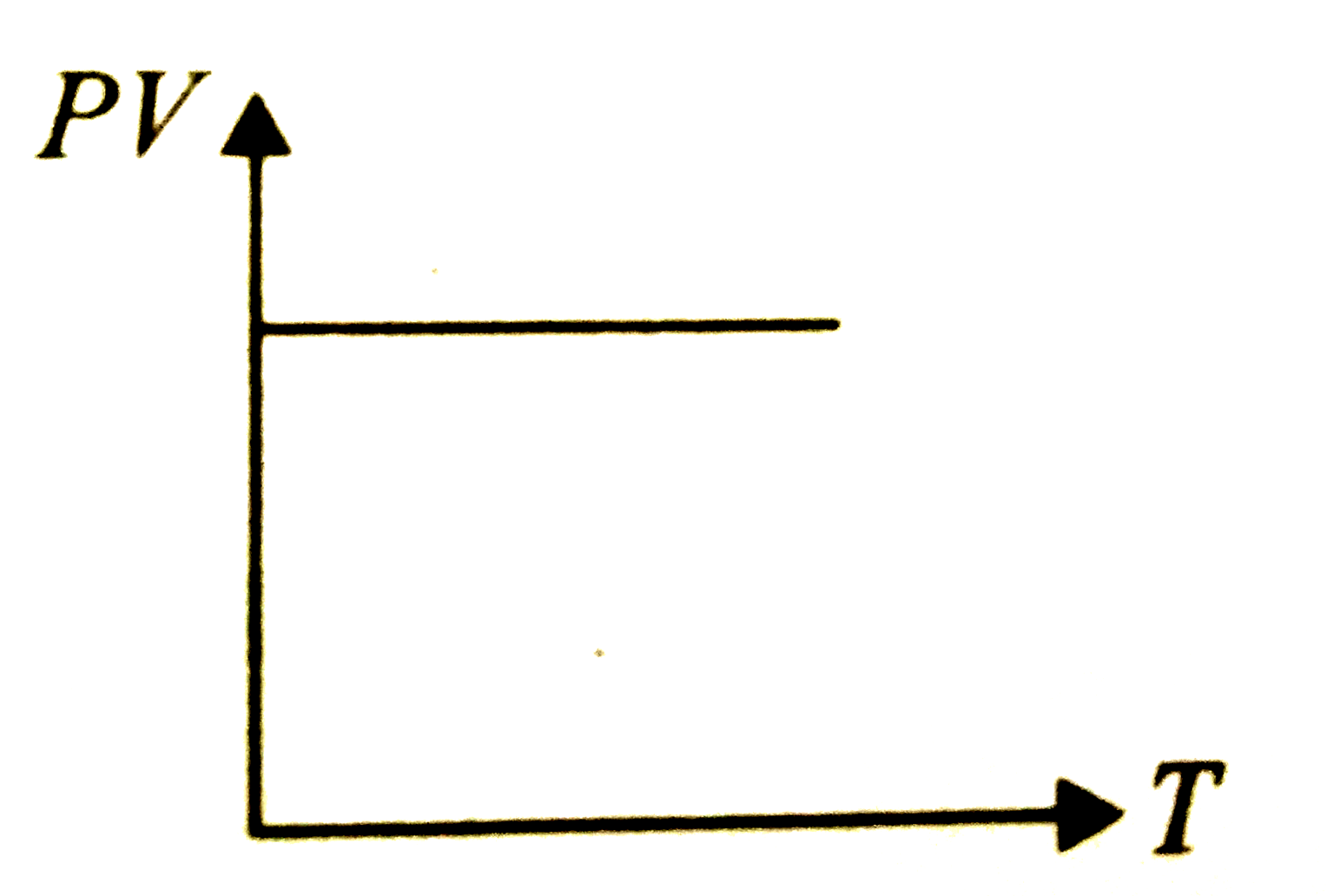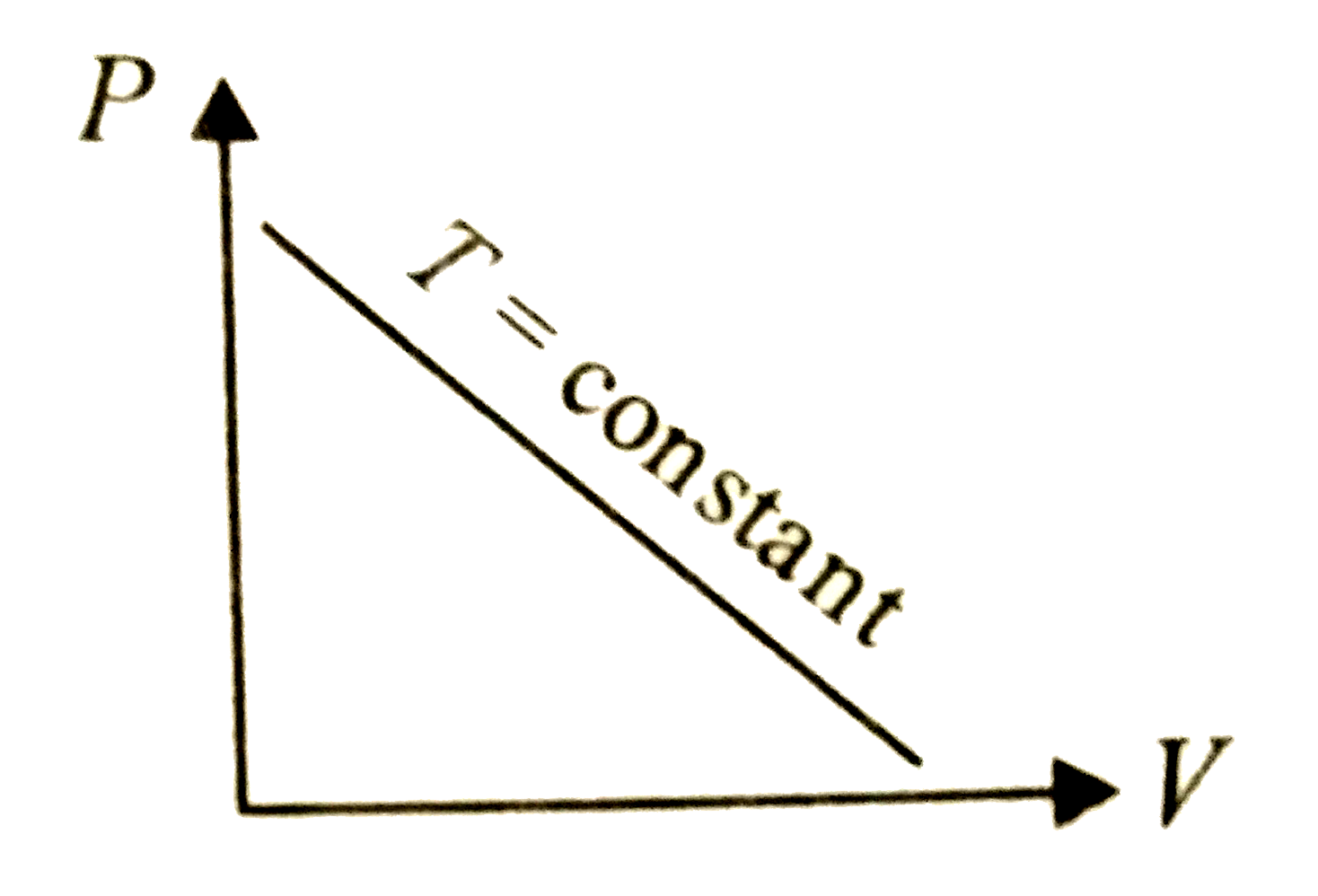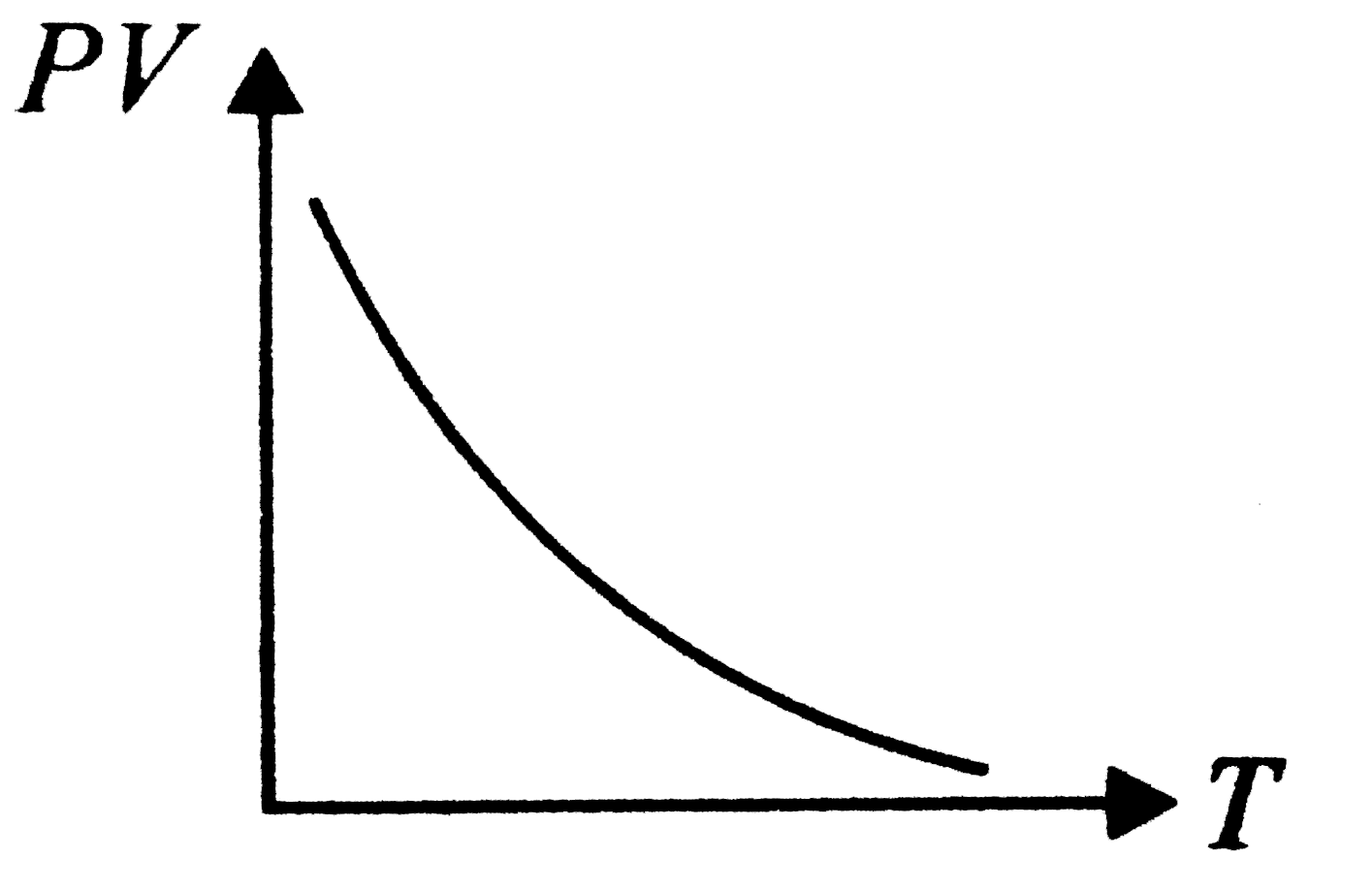Recommended Questions
- General behaviour of O3 is
00:55
|
- In O3 , there are
01:03
|
- The acidic character of oxides of group 15, N2 O3, P2 O3, As2 O3, Sb2...
01:32
|
- {:("Column I","Column II"),((A)O3+H2O2 " "to,(p)"Blue"),((B)O3+...
Text Solution
|
- General behaviour of O3 is
00:57
|
- O3 सूत्र है:
03:52
|
- O3 is soluble in
Text Solution
|
- O3 is oxidising agent
Text Solution
|
- O3 की परमाणुता है
01:55
|



